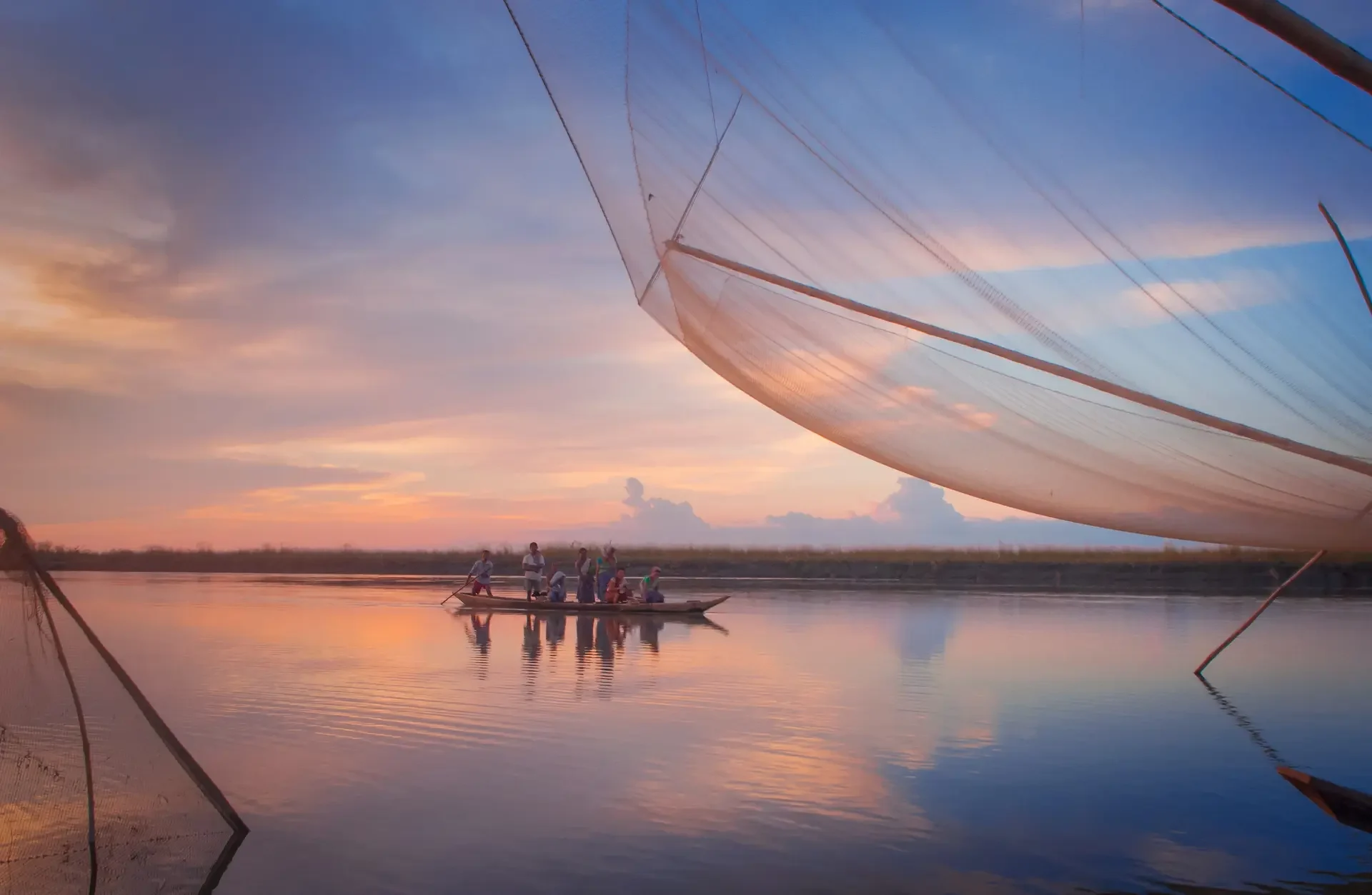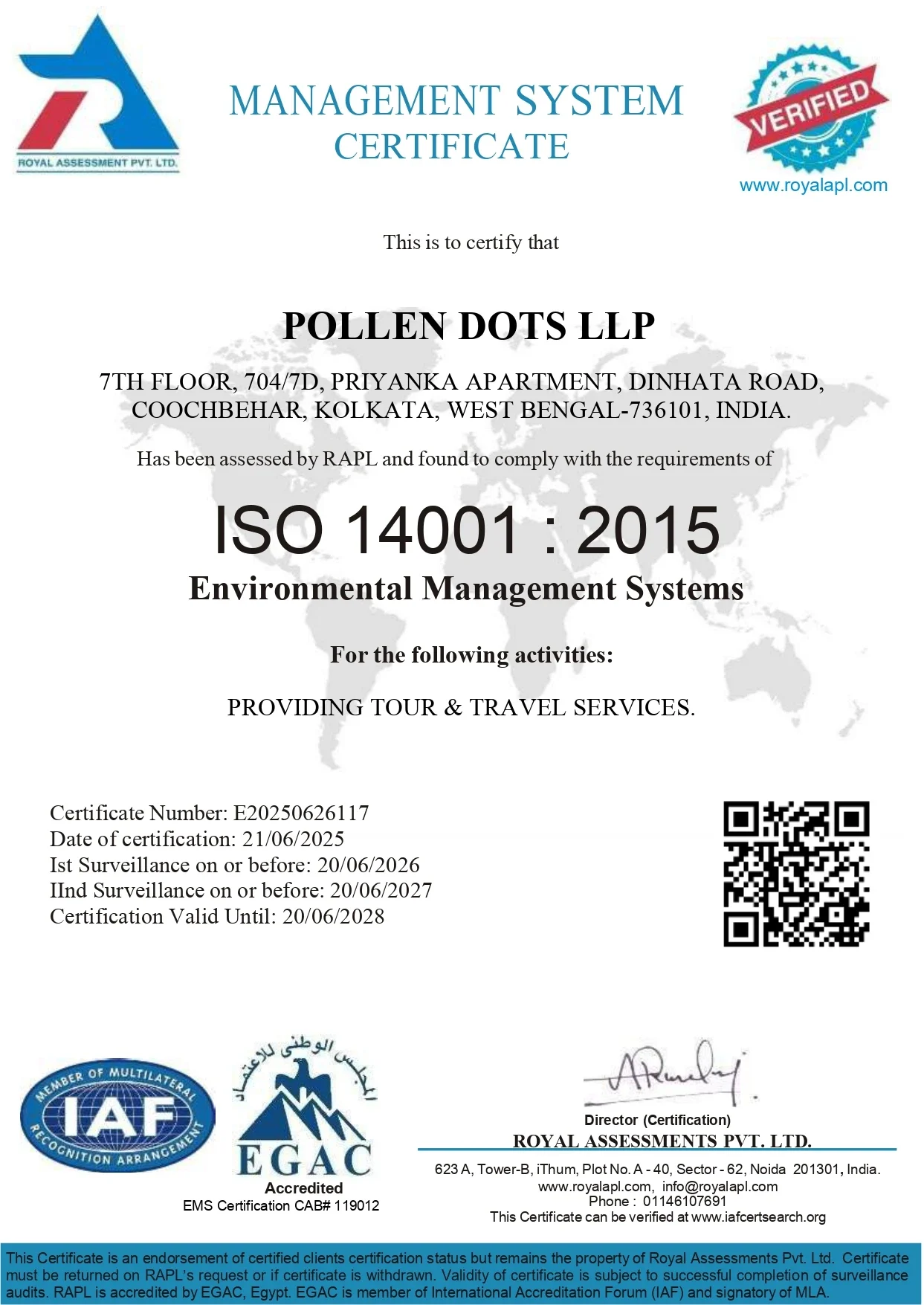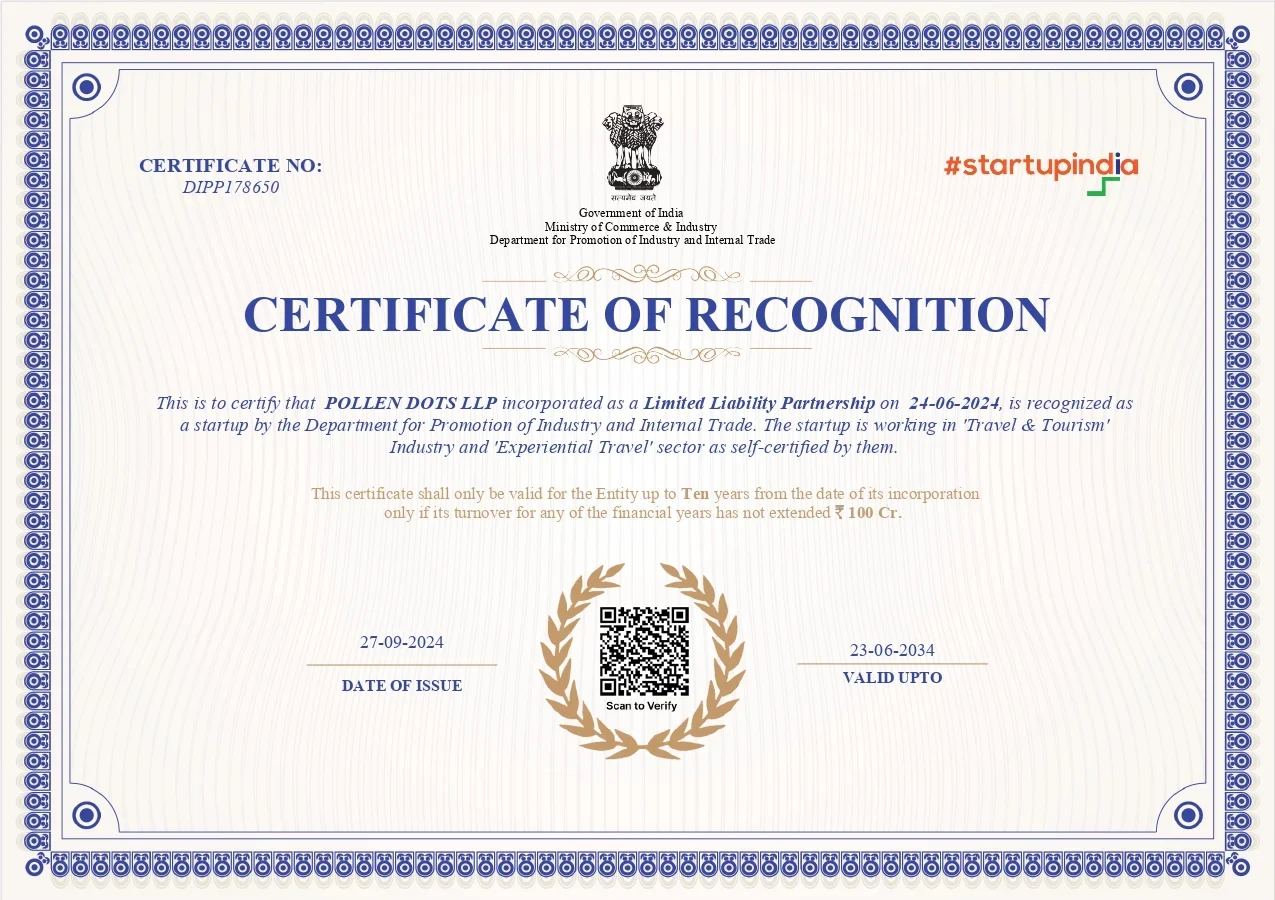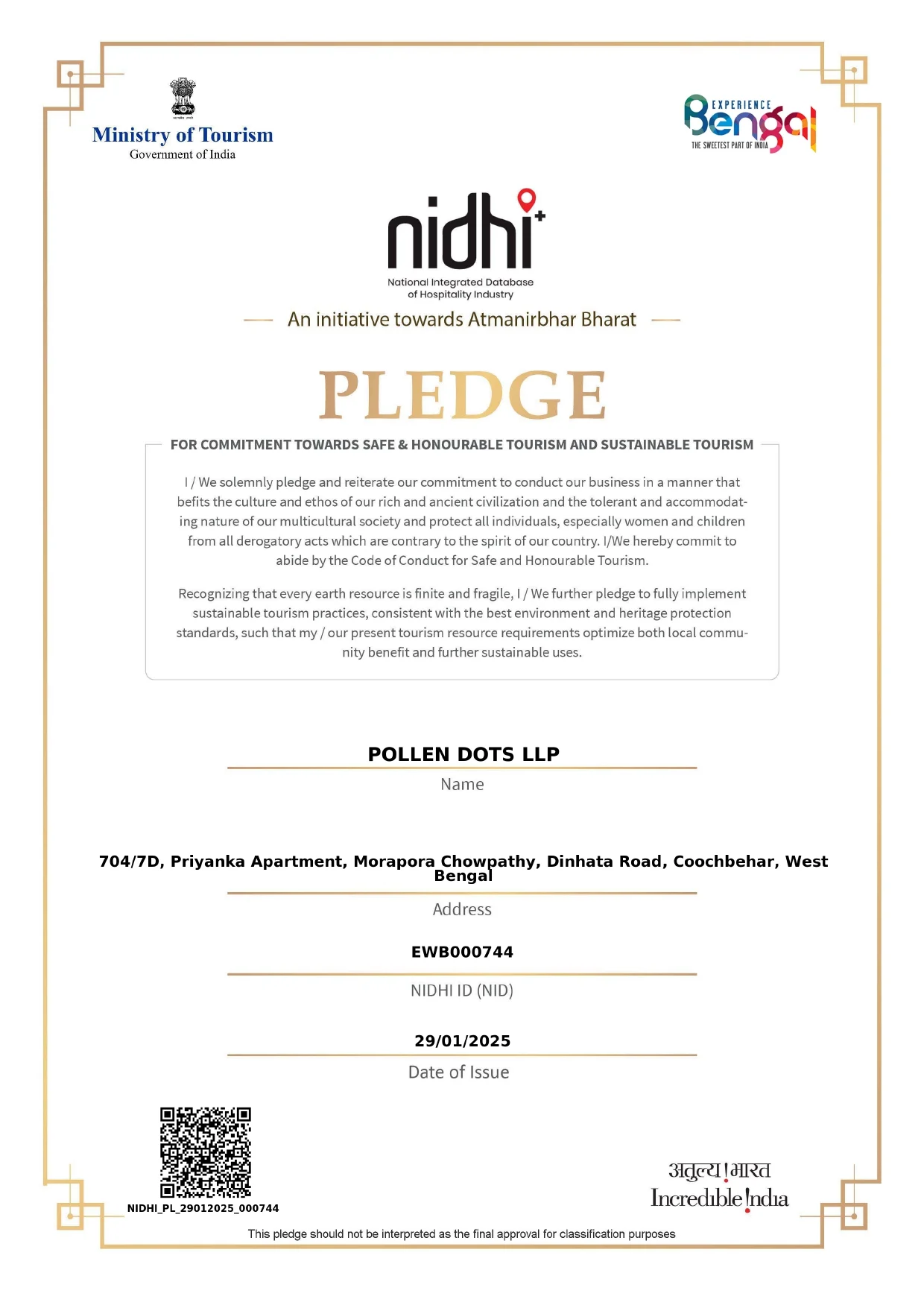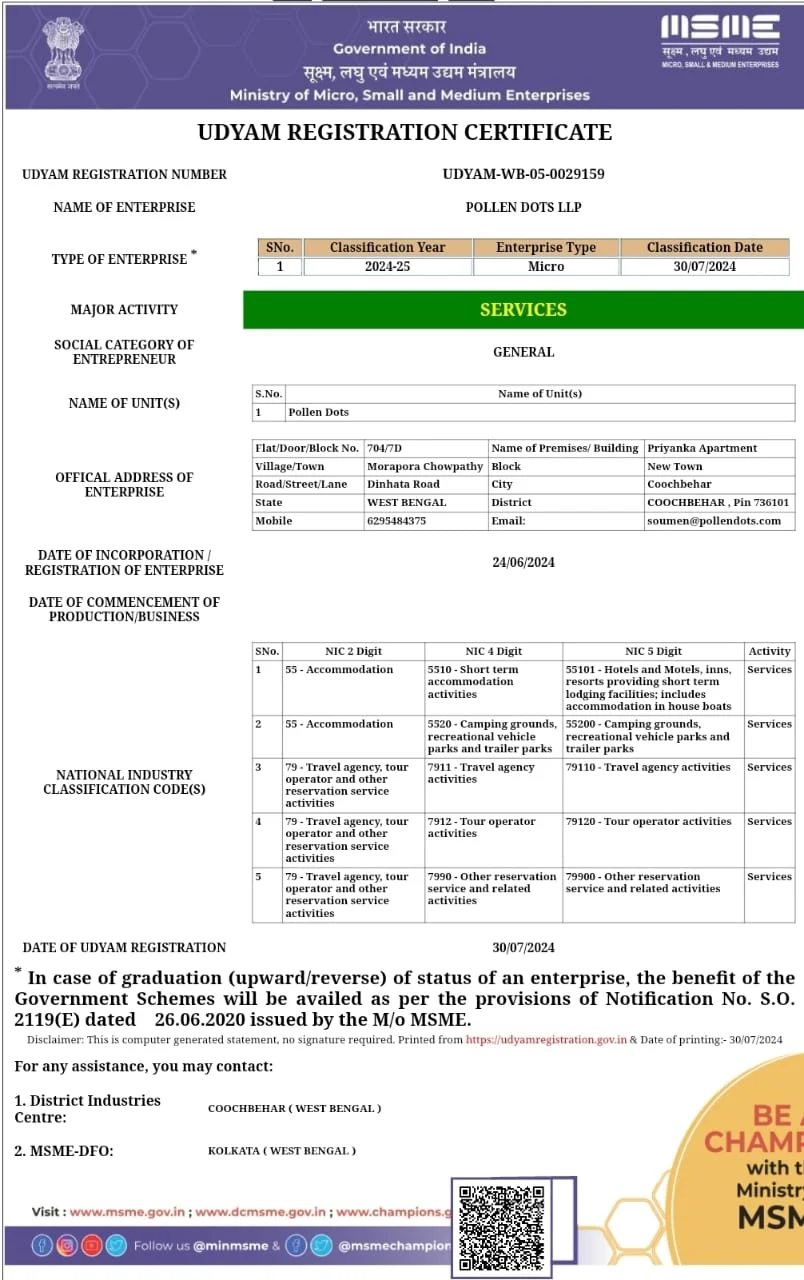Set within the sprawling arms of the Brahmaputra, Majuli is the world’s largest inhabited river island — but to call it just that is to miss its essence. It is a cultural reservoir, a spiritual anchor, and a living island of traditions, flowing gently with time. In Majuli, the river doesn’t just pass by — it sculpts faith, art, and identity.
The Pulse of the Island
Life here moves with the water. Locals rise with the mist, navigating handmade canoes to the banks. There’s no skyline of steel, yet the sky itself holds more — from rice fields to ferry rides, temple bells to folk laughter. Every lane is a story, every house a shrine to community.
Satras – The Soul of Majuli
Dating back to the 15th century, Majuli’s Satras (Vaishnavite monasteries) are more than sacred spaces — they are schools of thought, discipline, and storytelling. Founded by Srimanta Sankardev, these institutions nurture classical Sattriya dance, traditional manuscript painting, and devotional music.

Visit Auniati Satra, Kamalabari Satra, or Dakhinpat Satra to understand how rituals meet rhythm. Here, monks become artists, and devotion is performed, not preached.”
Masks, Myths & Mising Wisdom
In Samaguri Satra, artists handcraft masks used in Bhaona — theatrical retellings of Hindu epics. These masks aren’t decorative; they are vessels of mythology. Made from bamboo and cow dung paste, they’re lightweight, detailed, and soulful.
The Mising community, with their elevated homes and handwoven mekhela sador, live close to the river’s temperament. Their traditions — including Apong (rice beer) brewing and seasonal fishing — embody resilience born of coexisting with a shifting landscape.
Erosion, Impermanence, and Urgency
Majuli loses land every year due to riverbank erosion. Despite this, its people hold on — not out of denial, but dignity. As a traveler, it’s important to respect this fragility. Avoid plastic, support local artisans, and choose responsible operators who understand the pulse of the place.
Visiting Majuli isn’t about sightseeing. It’s about understanding how land, water, and memory intertwine. It’s about sharing a meal with a host, watching dusk fall over a monastery courtyard, or simply standing still while the island reveals its soul. Majuli is a meditation in motion — a floating testament to how culture thrives even when land disappears. Come not to consume, but to connect. You’ll leave with more than memories; you’ll carry a part of the river’s wisdom with you.
Some lands are not meant to be mapped, but remembered — like a rhythm, like a prayer, like a river.”

